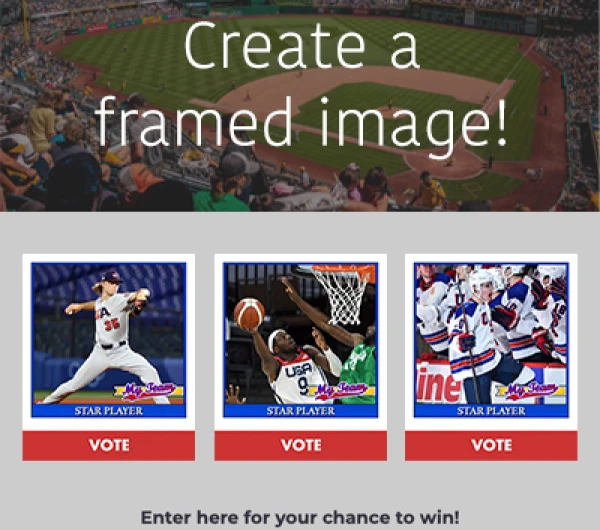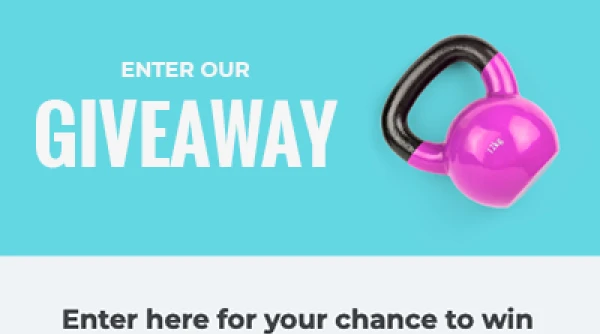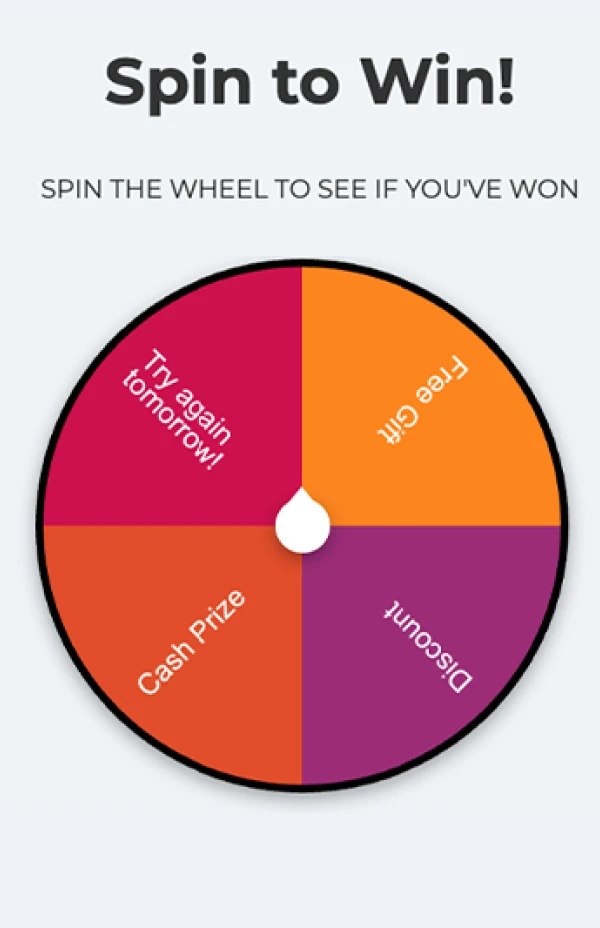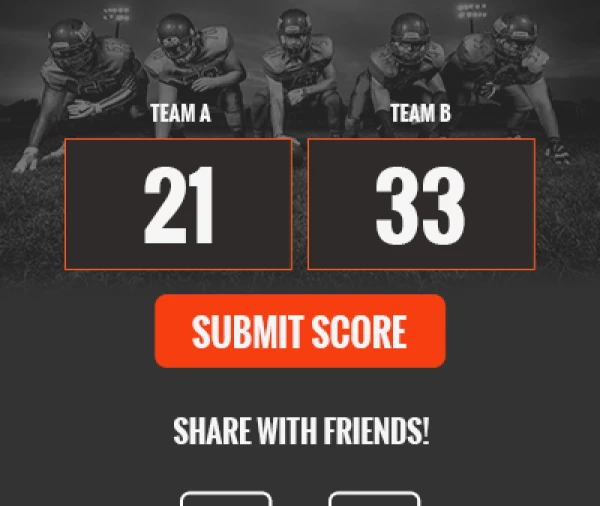Do you segment your lists to get the most out of your email marketing efforts? Segmenting is the key to getting through to more potential customers, and getting more return on your investment. According to MailChimp’s recent study of their user base, email list segmentation results in a whole slew of impressive statistics.Segmented lists, when compared to unsegmented lists, see:
- 14% higher open rates
- 100% more clicks
- 5% fewer bounces
- 9% fewer unsubscribes
A segmented email list is simply an email list list broken up into various groups based on different criteria. For example, a simple segmentation may consist of people who have made a purchase in the past vs. people who haven’t. You could send one email to the people who have made a purchase, utilizing language to play into their loyalty and trust. Some example verbiage might be, “Welcome back” or “We’re the brand you trust.” And you can send a completely different email to those who have never made a purchase, using language such as “Our prices are better prices than our competitors,” or “Here are some testimonials from happy customers. ”If this tiny bit of data (customer vs. prospective customer) can help you bump up conversions by helping you tailor your message, imagine what more, and better, data could do for you.Here are six ways to collect better data to help you leverage your email list.
#1 Host a quiz
If you’ve ever even glimpsed a Facebook feed, you’ve undoubtedly seen a “personality” quiz.These quizzes usually ask questions you've been dying to know the answers to, such as “Which Disney Princess would you be?” or “Who would play your best friend in the movie version of your life?”Although silly, they’re hugely popular, and you could use one of these quizzes to get a bit of data about your customers.
Example
Say you’re a brewery owner. Build a quiz asking, “What kind of craft brew are you?” Based on how the participant answers each question, the outcome could be: IPA, Amber Lager or Irish Red Ale.

Personality Quiz
How to use this data
Whatever the outcome, you can collect that data in a database, and send a segmented email based on the information collected.For example, those who got “IPA,” would be in their own email segment and would receive emails featuring your IPAs on special, or maybe your newly tapped IPAs.
#2 Host a “pick your prize” giveaway
A Pick Your Prize giveaway is a unique type of giveaway that gives your participants the option to select from one of several prizes they’d like to win. The prize selected by each participant can give you a unique insight into the types of products they might like.

Pick Your Prize Contest
Say you’re a makeup manufacturer selling a series of eyeshadow palettes. In a Pick Your Prize giveaway, offer the option to choose between a palette of neutral tones, a palette of brighter colors, and then something a bit crazy - like a palette of shimmery metallics for those adventurous make-up artists.
How to use this data
You can break up the participants into 3 segments based on their preference, then, market similar products to them in the future.You can even get some insight into which products might be more popular. If eighty percent of the participants chose the bright palette, run a sale or promote that palette in future marketing.
#3 Give ‘em a reason to fill out your (whole) form
Have you ever clicked a button to download a coupon, see a recipe, or get “more info” only to me met with a form demanding your email address, your birthday, zip code and...first born? Unless it’s something I really want, I’ll typically bail. Are you the same? Coaxing info from people is never an easy feat, but if you can offer something in exchange, it might bring you what you're after. The prize in a giveaway is a good start, but winning a prize can seem a little elusive to those who feel like “I never win anything.” Offer extra chances to win that prize in exchange for filling in extra fields in your entry form, for example a birthdate or a geographical location (like a city, or specific neighborhood).

Earn Extra Points Giveaway
How to use this data
The key here is to think backward. Don’t simply add form fields willy-nilly. Plan out the details of your promotion first (for example, region-specific promotions, birthday specials, etc.) and then you can figure out the data you need to collect in order to execute your promotion.
#4 Run a trivia contest
It’s always interesting to discover what people may or may not know about your industry or business. And a trivia quiz (not to be confused with the “personality” type of quiz) can give you a bit of this insight as well as prompt engagement with your company. Plus, they’re fun! Ask a series of multiple choice questions and turn it into a contest by filtering the entries by correct answers to award a prize.Perhaps you run a tune-up shop. Run a quiz asking things like, “How often should you replace your spark plugs?” or better yet, “What’s the average cost sustained by an engine from a broken timing belt?” You may find that the average Joe has no clue.

Knowledge Quiz
How to use this data
Filter the responses by answer and create your segments based on the participant’s knowledge of your industry or business. In this tune-up shop example, your participant may still be reeling in shock knowing that his timing belt is like a ticking time-bomb set to blow at 100K miles. He’s primed for an email from you. Create a segment saying, “Has your vehicle’s timing belt been around the block one too many times? Get 30% off a diagnostic check-up.”
#5 Keep track of where you collect the data
There are some super-sciency methods to monitor your customer’s behavior including heatmaps, eye-tracking software, etc., but a simple and insightful way to glimpse the thought-process of your potential customers could be to track their activity on your website. Even an analog approach like using separate entry forms to collect sign-ups or info inquiries on different pages of your site can give you a little info on the page that inspired them to send you their email.A subscription software service may have a “Start Your Free Trial” button on every page of their website, but users signing up on the "Features" page may have different priorities than those signing up on the "Pricing" page.
How to use this data
Consider the channel, location or method by which your data was collected and segment accordingly. In the software service’s example, a sign-up occurring on the features page could be given “exclusive” access to new features, or be invited to give feedback on future feature updates.
#6 Ask for reviews/feedback
Reviews and feedback are great for word-of-mouth marketing, but also give you insight into how people feel about your business.Since the popular channels for collecting reviews don’t give you the ability to simultaneously grow your email list (e.g., Yelp, Amazon, Angie’s List, etc.), use an approach that will allow you to collect an email address, such as in the comments section of a Facebook post or a review campaign like this:

Testimonials/Reviews Campaign
How to use this data
With review feedback collected in a database (whether it was submitted in an entry form or imported from comments on a Facebook post), use your customers’ feedback as an opportunity to open the lines of communication and show that you’re listening.Did someone give you a glowing review? Build on that by offering “loyalty” rewards and discounts. Was their review less than stellar? Offer a freebie to get them back in the door and change their mind.The holidays are the best time of year for data collection, so if you’re reading this just prior to the holiday shopping rush, know that effort you put forth now will have a better ROI in the year ahead. Check out the results of our study showing that Data collection increases by 73 percent during the holidays. And here are some other smart ways to use the data you may already have on hand.
Create your first marketing campaign today
Get Started Today. It’s free and we don’t need your credit card.
About the author
Jessica Miller-McNatt has been with ShortStack for over a decade and has served in every role from Marketing Team Lead to Customer Success. Her journey in martech continues to fuel her fascination for what drives growth. Jessica's favorite weekends are spent in the North Georgia mountains, chasing waterfalls and exploring with her family.
Recent posts
Go back to blogGet marketing tips straight to your inbox
Launch an irresistible giveaway. Get started for free.
Join 630.000+ marketers that are boosting engagement and sales.













